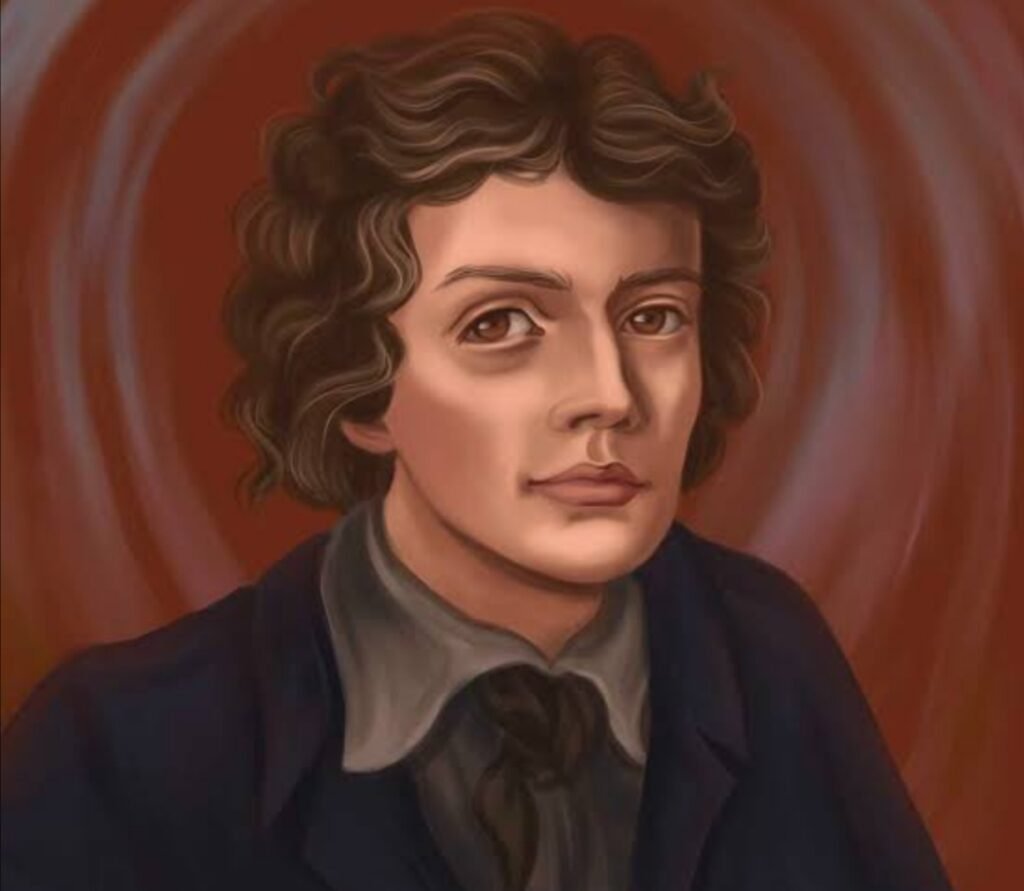Keats’ Ode on a Grecian Urn: Evergreen Beauty
Ode on a Grecian Urn is a poem written by John Keats in 1819. In the poem, the narrator is observing the ancient Greek urn. He is describing the pictures drawn on the surface of the urn. He describes the frozen but idealistic world where beauty is forever, where trees do not shed, and where everything is happy. By the description of the Grecian urn, John Keats gives thoughts about the difference between the ideal world with the real existing world and about the beauty and arts.
Ode to Grecian urn is one of the most influential poems of John Keats who as a poet has always worshiped nature, aesthetic beauty, and pleasure. Ode on a Grecian Urn is about the beauty of classical art and the everlastingness of art, especially the Grecian urn. Through this poem, the poet has explored the complex emotions raised in his heart after seeing the urn.
The main motive to pen this poem was to share the notion that how art can be a source that can pleasure death. As the main theme of this poem revolves around life, truth, and art. This poem has captured the poet’s subjective approach towards an ancient Grecian urn where a physical object like the urn (vase) has been used as a metaphor to signify abstract ideas.
It is a complex, mysterious poem with a disarmingly simple set-up where, an undefined speaker looks at a Grecian urn, which is decorated with evocative images of rustic and rural life in ancient Greece. These scenes fascinate and excite the speaker in equal measure they seem to have captured life in its fullness, yet are frozen in time. In the poem, Keats has explored the power and permanence of art that can provide joy forever.
As urn had some paintings on it which represented people who were cherishing the moment, so according to Keats’ perception those people are not alive in the physical world but they will always cherish the moment and will give pleasure to the viewer. The urn seems to tell the speaker and in turn, the reader that truth and beauty are the same, also no matter how hardships life has faced but pleasure can always rescue the mind and the heart.
The narrator stands before an ancient Grecian urn and addresses it. He is preoccupied with its depiction of pictures frozen in time. It is the “still unravished bride of quietness,” the “foster-child of silence and slow time.” He also describes the urn as a “historian” that can tell a story. He wonders about the figures on the side of the urn and asks what legend they depict and from where they come.
He looks at a picture that seems to depict a group of men pursuing a group of women and wonders what their story could be: “What mad pursuit? What struggle to escape? / What pipes and timbres? What wild ecstasy?”
The speaker looks at another picture on the urn, this time of a young man playing a pipe, lying with his lover beneath a glade of trees. The speaker says that the piper’s “unheard” melodies are sweeter than mortal melodies because they are unaffected by time. He tells the youth that, though he can never kiss his lover because he is frozen in time, he should not grieve, because her beauty will never fade.
Next, he looks at the trees surrounding the lovers and feels happy that they will never shed their leaves. He is happy for the piper because his songs will be “forever new,” and happy that the love of the boy and the girl will last forever, unlike mortal love, which lapses into “breathing human passion” and eventually vanishes, leaving behind only a “burning forehead, and a parching tongue.”
The speaker examines another picture on the urn, one of a group of villagers leading a heifer to be sacrificed. He wonders where they are going (“To what green altar, O mysterious priest…”) and from where they have come. He imagines their little town, empty of all its citizens, and tells it that its streets will “forevermore” be silent, for those who have left it, frozen on the urn, will never return.
In the final stanza, the speaker again addresses the urn itself, saying that it, like Eternity, “doth tease us out of thought.” He thinks that when his generation is long dead, the urn will remain, telling future generations its enigmatic lesson: “Beauty is truth, truth beauty.” The speaker says that that is the only thing the urn knows and the only thing it needs to know.
